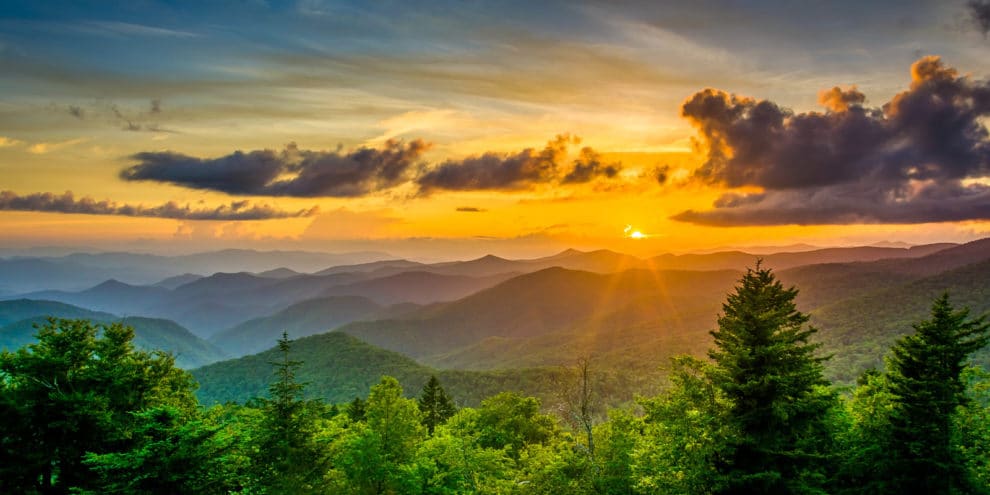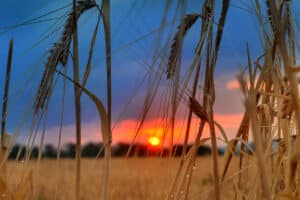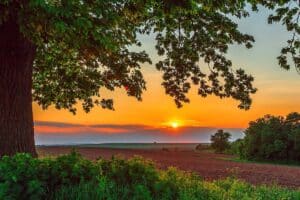One of the main reasons people buy forestland for sale is to be able to enjoy the outdoors with their friends and family, to have a place to periodically get away from the hustle and bustle of city life, and to have a stable financial asset to pass down to their family. Many buyers are also interested in fresh air, exercise, connecting with nature and themselves, and pursuing passions like hunting, fishing and snowmobiling.
Recreational land buyers and forestland investors often express interest in finding properties that are near to or that abut public lands. Fortunately, there are millions of acres of publicly held land throughout the United States. While a small portion of protected land does not allow for public recreational access, the vast majority does.
Three key benefits to purchasing forestland in proximity to or directly abutting public lands are:
- Expansion of recreational opportunities, such as hiking, snowmobiling, photography, fishing, canoeing, back country skiing, etc.
- Protection from development adjacent to your property since the neighboring public lands are typically undeveloped, thus offering an open space buffer for your forest.
- Opportunities for a potential conservation easement sale or tax credit donation if the public land agency has an interest in and funding to expand its footprint.
Here’s a brief rundown of some of the most popular public lands throughout the Northeast:
Adirondack Park – Established in the 1880s, the Adirondack Park consists of 6 million acres of public and privately held land within the designated Adirondack “Blue Line” in northern New York. There are over 3,000 lakes, ponds, rivers and streams, 46 peaks exceeding 4,000’, and 3 million acres of public lands.
Green Mountain and White Mountain National Forests – Administered by the U.S. Forest Service and Department of Agriculture, National Forests are managed for multiple uses including recreation, forestry, water quality and habitat. The two big ones in the Northeast are the 399,000-acre Green Mountain National Forest in Vermont and the expansive 750,000-acre White Mountain National Forest in New Hampshire.
Baxter State Park – Home of Mount Katahdin in the legendary North Maine Woods, these 200,000 acres of state-owned lands include one of the highest peaks in New England and the northern terminus of the Appalachian Trail.
Katahdin Woods and Waters National Monument – This federally held property was recently established and protects 87,000 acres adjacent to Baxter State Park.
Along with signature landscapes like these, there are many types of state-owned public lands and some privately held properties with limited public access rights (conservation easement properties) throughout all regions of the United States:
State Forests – These properties are typically available for public recreation and are managed for multiple-use forestry benefits.
State Wildlife Management Areas – These habitat-specific properties are primarily managed for wildlife habitat conservation and often allow hunting, fishing and wildlife viewing.
State Parks – These properties usually feature a central recreational amenity (lake, river, mountain) and are managed for recreation and open space preservation.
Conservation Easement Lands – These are private forests that often have some level of public recreational access during certain times of the year. However, a word of caution – be sure to check before using conservation easement lands for public recreation. Some do not allow any public access and some have either restricted time frames, private area that are not open to public access, and certain use restrictions.
How do you find out whether or not there are public lands near the property you are considering for a purchase? A local real estate agent who specializes in land for sale can be an ideal partner in learning the area surrounding potential properties. Land agents have put in the effort to know the area; that entails being familiar with maps (public record), property ownership, neighborhoods, and wildlife that inhabits the area. There are pros and cons to keep in mind if you are thinking about buying property that borders public land. Land agents are a reputable source of information that will help you sort through the advantages and disadvantages to make the buying process easier and successful.
Written by Todd Waldron, a professional forester and timberland broker with Fountains Land who has served timberland owners and buyers in the northeast since 1996.
This content may not be used or reproduced in any manner whatsoever, in part or in whole, without written permission of LANDTHINK. Use of this content without permission is a violation of federal copyright law. The articles, posts, comments, opinions and information provided by LANDTHINK are for informational and research purposes only and DOES NOT substitute or coincide with the advice of an attorney, accountant, real estate broker or any other licensed real estate professional. LANDTHINK strongly advises visitors and readers to seek their own professional guidance and advice related to buying, investing in or selling real estate.










Add Comment